A wireless keyboard that does not need charging. A practical part of a desktop computer or an unnecessary luxury? Decide for yourself, introducing the Logitech K750 keyboard for Mac.
Package contents
You will receive the Logitech K750 keyboard in a classic cardboard box. Immediately after opening it, you will see a simple instruction on how to connect the keyboard on the bottom of the lid. In addition to the keyboard, the box also contains a small dongle for wireless communication with the keyboard and a USB extension adapter for it. The dongle itself can be used with other Logitech wireless products at the same time. This saves valuable USB slots.
According to the drawings on the box, the extended adapter should be used to connect to the iMac, however, I see no reason why it would not be enough to just connect the dongle. Maybe for easy disconnection. Finally, in the box you will find a small booklet about safe use, however, there is no manual. The box will direct you to the PDF file located on the support page, however, you will not find any electronic manual at the mentioned address.
Processing
The upper part of the keyboard is made of a layer of glass (or hardened transparent plastic), under it is another colored plastic layer, creating the impression of aluminum grey. the rest of the keyboard is also plastic in white. The K750 has a very slim profile, as we are used to with keyboards from Apple, on the back we also find pawls that can be used to change the keyboard's inclination by six degrees.
The keys are a little smaller than the Apple ones, about a millimeter, so there is a little more space between the individual keys. I didn't feel any significant difference when comparing the keyboard with the MacBook Pro. A special feature is the rounded function and control keys. Thanks to them, the keyboard has a very inconsistent impression, the Caps Lock is strangely designed with a raised surface. The noise of the blows can be compared with the keyboard of the MacBook, which was available during testing.
What freezes is the relatively incomprehensible absence of an LED indication of the Caps Lock on. There is also an unusual group of keys on the keyboard, namely F13-F15. Due to the fact that there is no manual for the keyboard, we will not find out in an official way. However, the keyboard is based on the version for Windows (from which it differs practically only in the labels of some keys), where Print Screen/Scroll Lock/Pause are assigned to these keys, so they would not apply in OS X. F13 and F14 in middle OS X change the volume, F15 has no function at all.
The F1-F12 keys work according to the functions shown on the keys, if you want to invoke the standard functions of the keys, you must do it through the key Fn, which is located above the direction arrows. System-wise, unfortunately, they cannot be flipped over, as is possible with a regular Apple keyboard. Also, the Mission Control key doesn't work as it should, which needs to be fixed with a little trick in the keyboard settings in System Preferences.
The keyboard has a very solid impression, no creaks or loose parts. Although it is not a piece cast from a single piece of aluminum, the keyboard nevertheless has a solid and elegant impression. Its weight is a bit higher than one would expect, mainly due to the solar panel and built-in battery.
Solar panel
The entire upper third of the keyboard is occupied by a solar panel that supplies energy. In the right part, next to the switch for turning on the keyboard, you will also find a button that, when pressed, lights up one of the diodes indicating whether the light for the solar panel is sufficient or not.
The panel is relatively undemanding to the light source, even a weak fluorescent light is sufficient. In daylight, you won't have the slightest problem with charging the built-in battery, at night you can get by with a small table lamp, in both cases the battery will be charged. The keyboard will last up to several weeks on a full charge, but you'd have to spend that time in total darkness to get a full charge.
In addition, in the Mac App Store you can find a free application that communicates with the keyboard and shows you the state of charge and the amount of light falling on the solar panel. Of course, you can also get this application for Windows.
It begs the question whether it makes any sense to pay extra for a luxury like a solar panel when we can get by with a battery-powered keyboard where we put the batteries in the charger from time to time. This choice is a matter of priorities. The priority here is above all convenience, you don't have to deal with charging and replacing batteries when they run out, and you also save a little electricity. And after all, you will also save on a few rechargeable batteries, if they are not included in the keyboard package.
Experiences
The keyboard works as presented, just plug the dongle into your computer, turn on the keyboard and you can immediately type. No establishing a connection between transmitter and receiver, no installing drivers or special applications.
But from time to time it happened to me that the keyboard suddenly stopped responding, as well as the MacBook keyboard, the computer could only be controlled with the touchpad. The problem was solved by closing/unfolding the lid, i.e. putting the computer to sleep, after which the keyboard started working normally again. I don't know whether to attribute this error to the keyboard or the operating system, since a similar problem happened to me with a wireless mouse of another brand.
Typing on the keyboard was as pleasant and comfortable as on the integrated MacBook keyboard. The only thing that bothered me a little was the already mentioned signaling of Caps Lock being on. During use, the battery level remained at 100%, which indicates the efficiency of the solar panel and the large capacity of the battery.
The question arises as to why Logitech opted for a wireless 2,4 MHz receiver solution instead of Bluetooth technology. Unlike Bluetooth, this solution provides a simple connection, you cannot connect a keyboard to an iPad on the second tent, and you will also lose one of the USB ports. Logitech chose its Unifying dongle primarily because of the ability to connect multiple devices from the company at once using a single USB port.
záver
The Logitech K750 will surely win its fans. The practically infinite capacity of the adapter relieves people from worrying about charged batteries, moreover, with its processing and design, it does not have to be ashamed at all next to Apple products and finds its place among them. On the other hand, the famous Apple precision is missing here, thanks to which users in many cases prefer to choose an original Apple keyboard.
The price (approximately 1 CZK), which is still slightly higher than Apple's wireless keyboard, does not make the choice any easier. At least you will be pleased to be able to choose from several color versions. The offer includes Apple silver, silver with a colored upper strip around the solar panel (blue, green, pink) or classic black. A photo gallery of the keyboard can be found below the article.
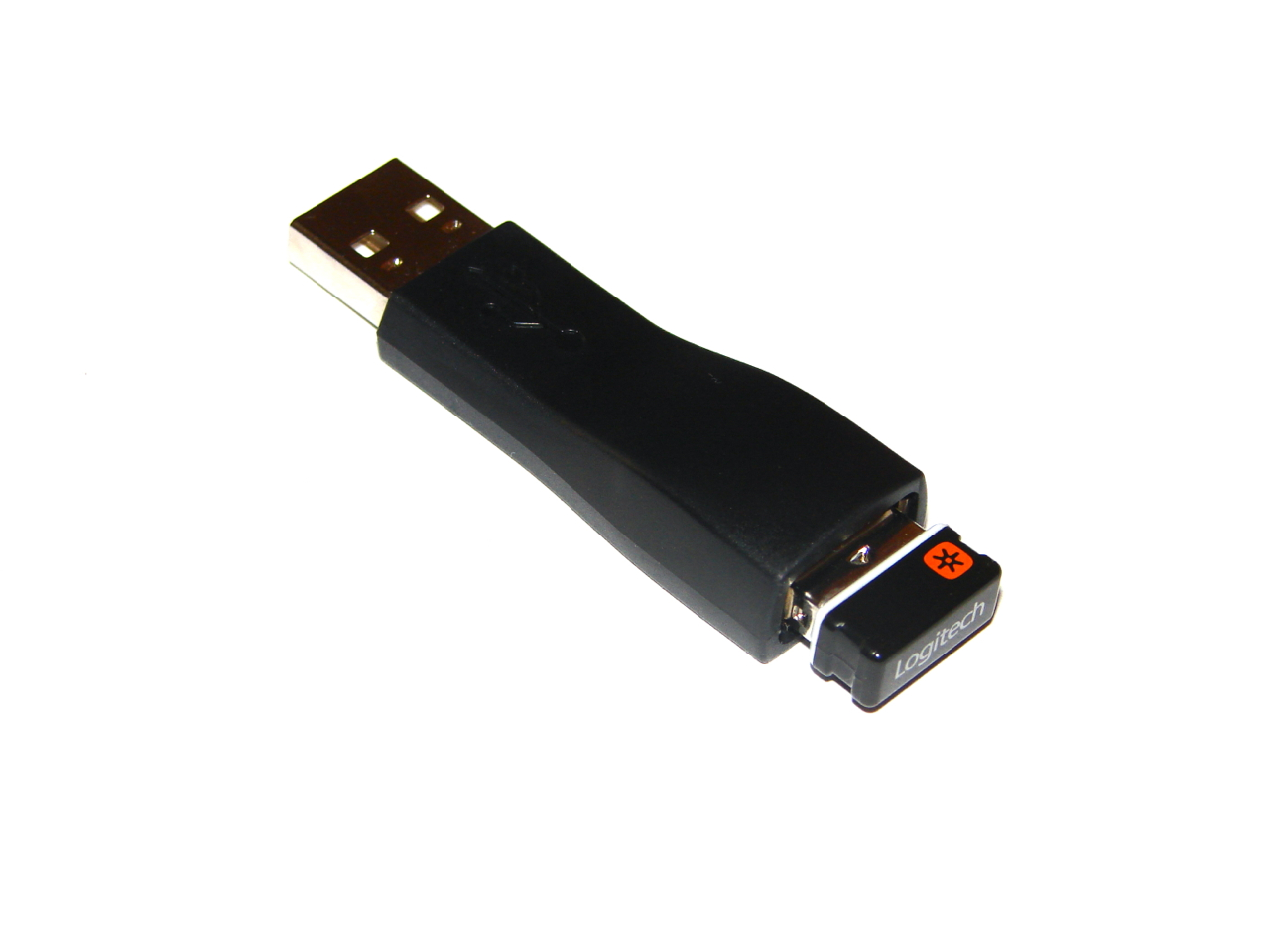
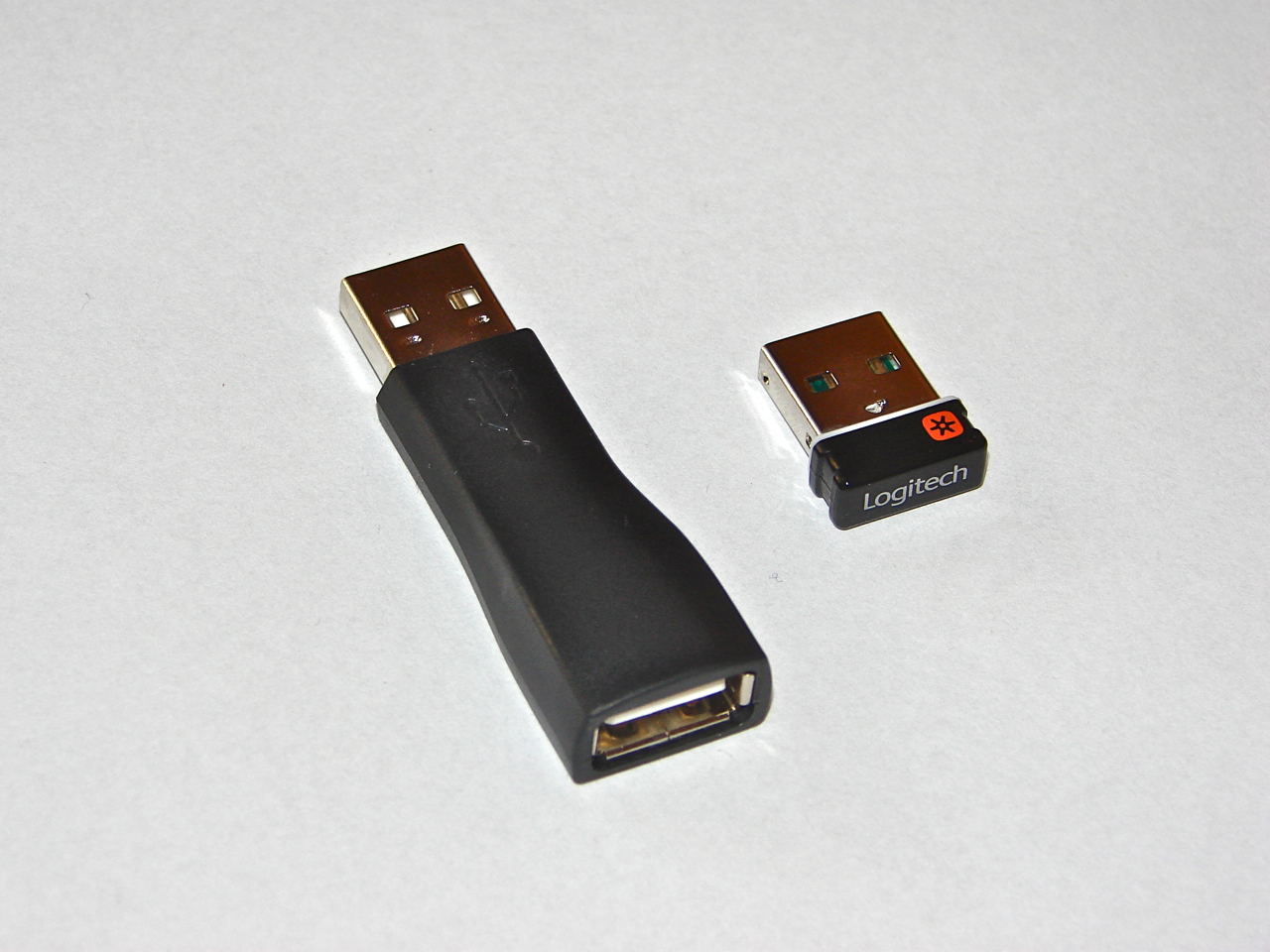
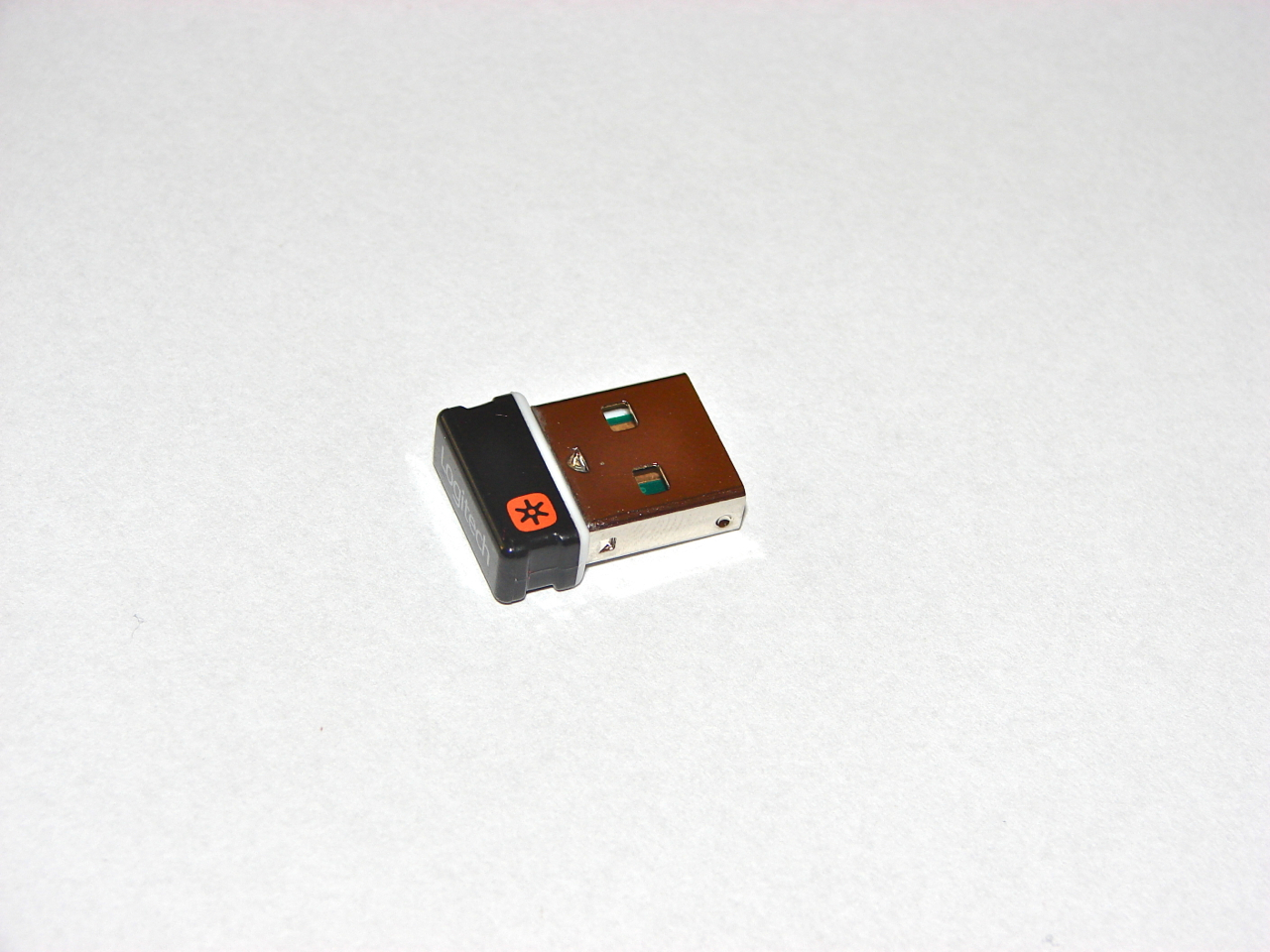
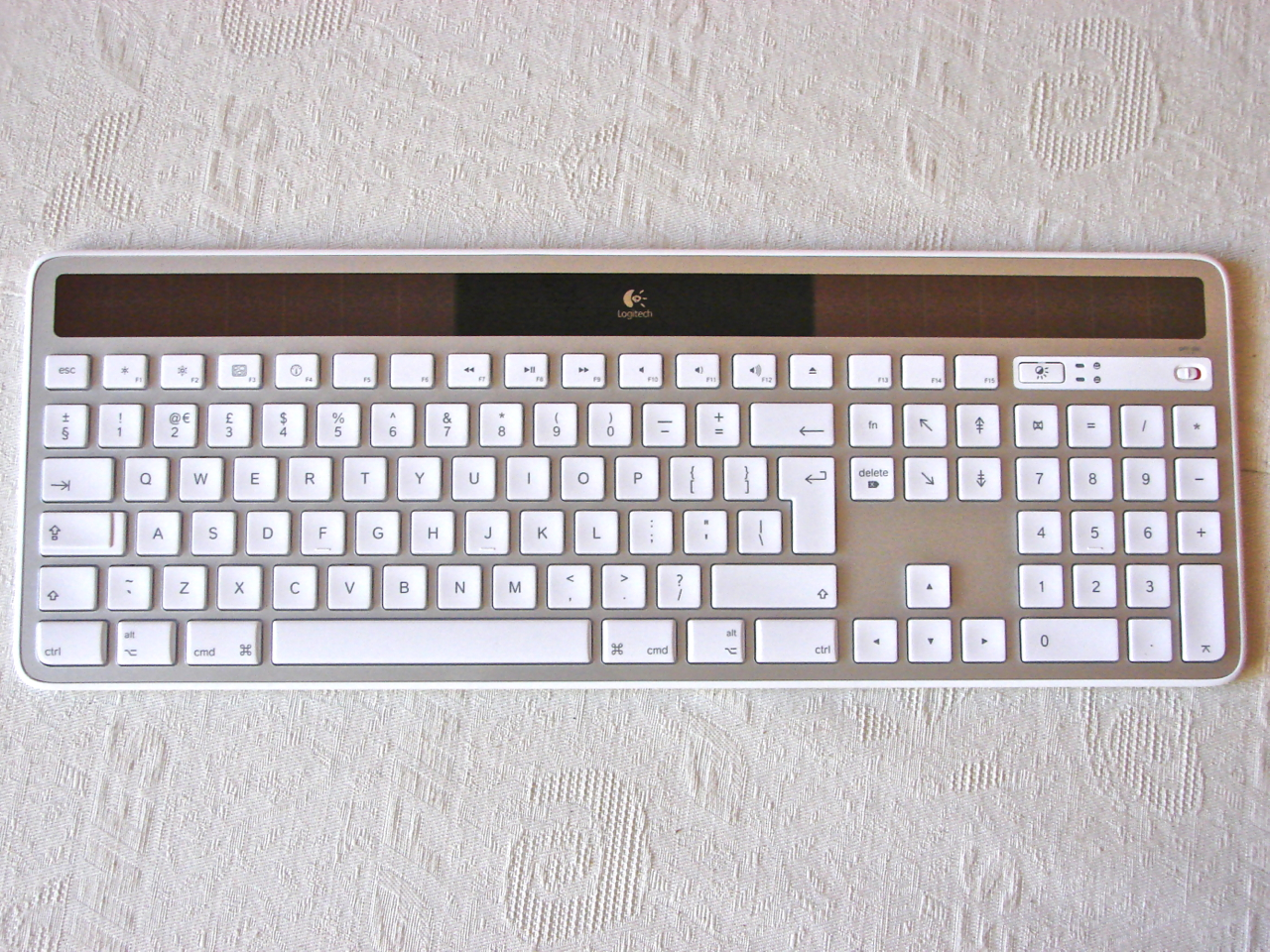
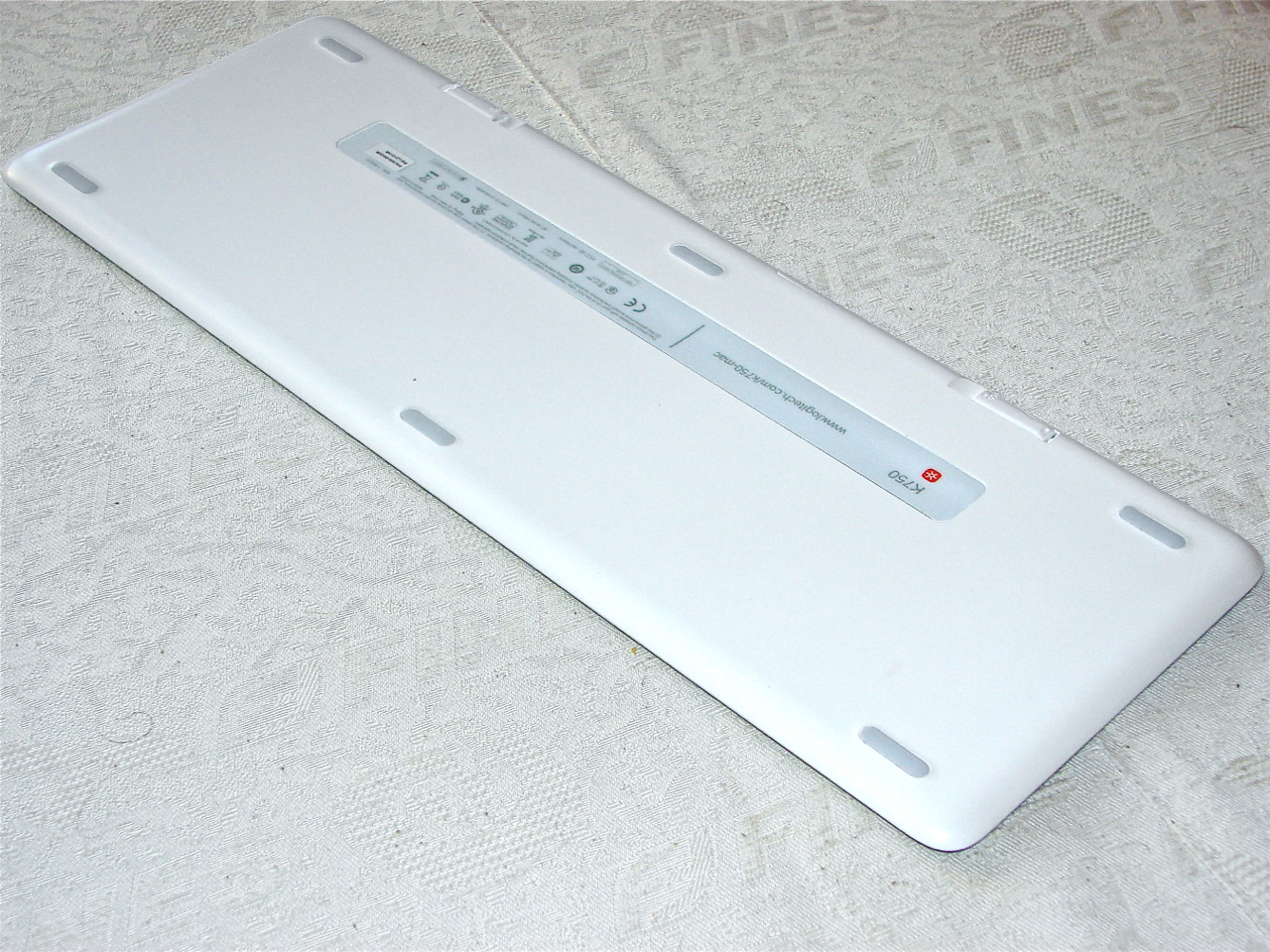
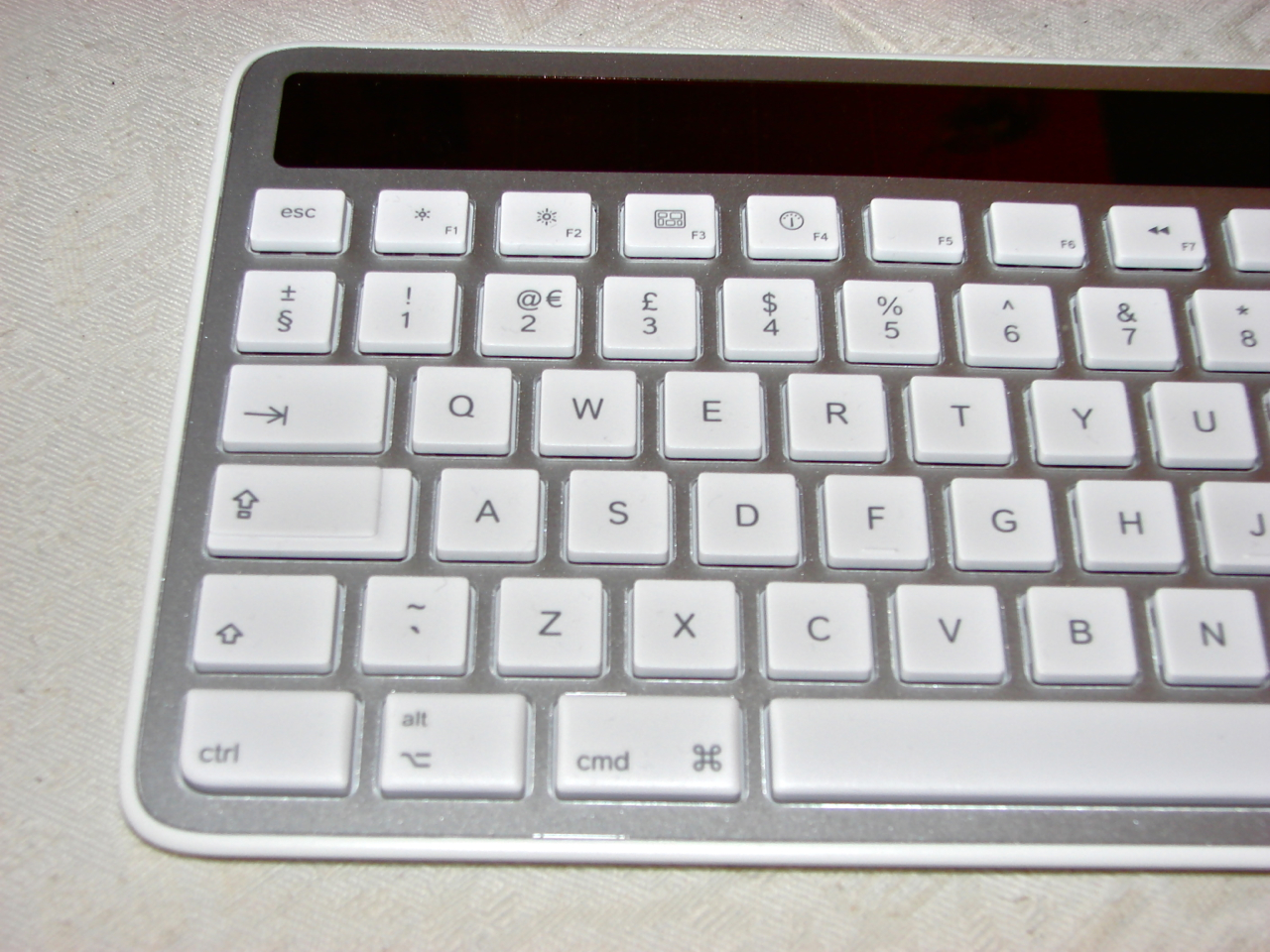

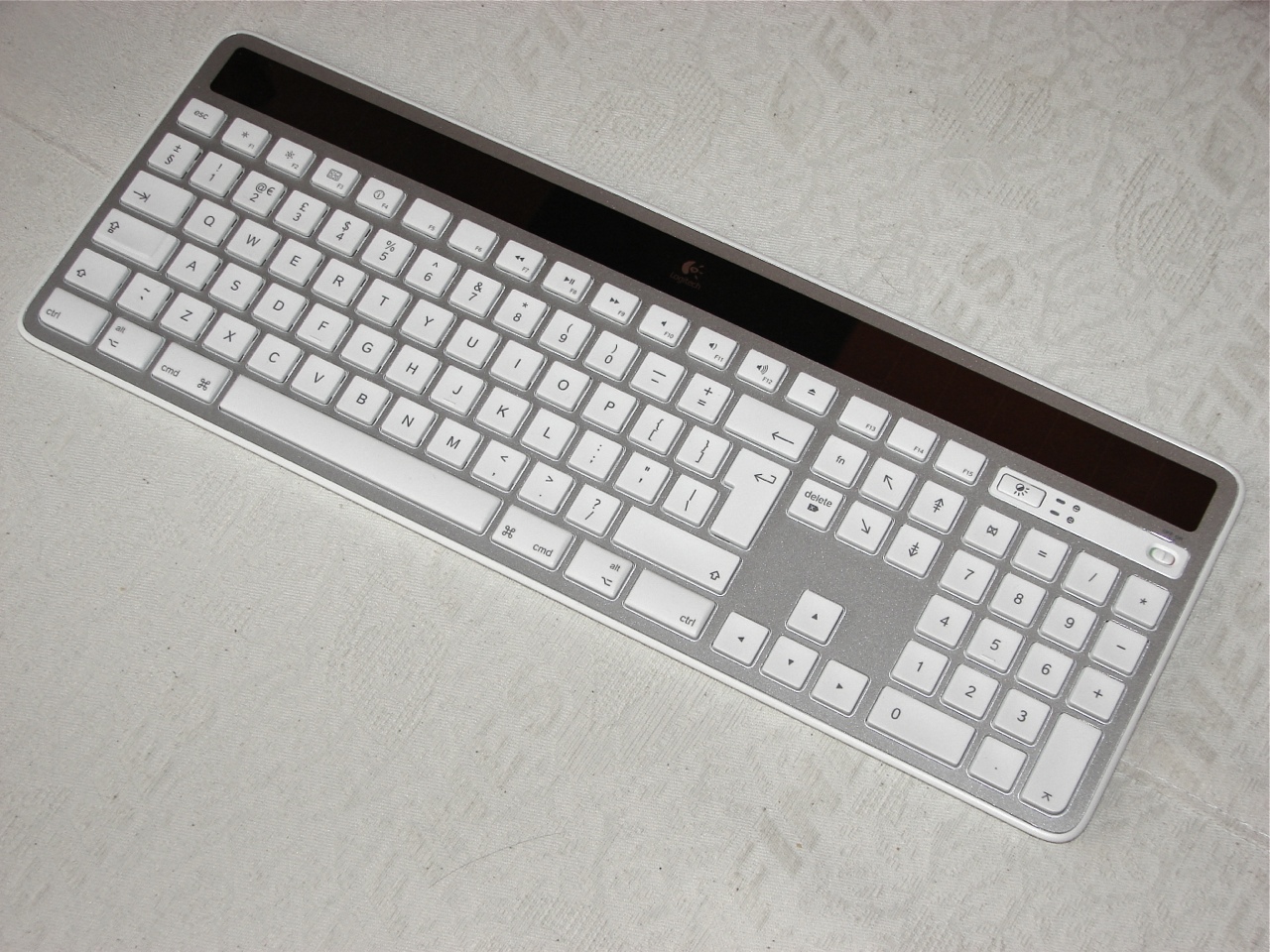
I am a lover of solar nonsense… I have a fan on my window, an eternal light…
But the dongle .. epic fail .. it absolutely slows down the macbook, it makes a mess when the mac sleeps…
Golden blue tooth… they screwed it up and that was my favorite as soon as it was macfriendly..
Agreement. this is disgusting, your majesty. A parody of Mac gadgets. I write on real aluminum and "I really wouldn't want a silver plate". the overall design is really nothing more than a parody of Steve's perfectly designed products. And the dongle? WTF?! Anything with a usb dongle is an atrocity :-)
repair plastic, not salary. :-WITH
oh, it's raining outside, it's cloudy, what am I going to do :,(( That's what Logitech is doing, I won't even read the article, but that's nonsense... on 1# :P